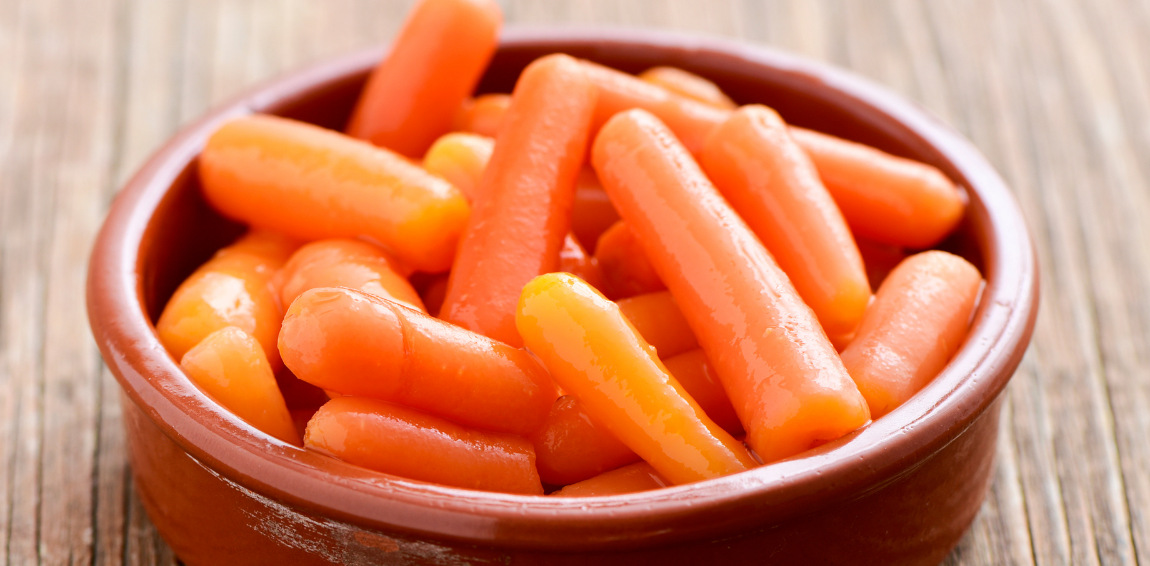There are many mysteries in life. One of them is related to the white stuff that comes on baby carrots.
Of course, there are plenty of myths related to these carrots, one of these being that the white stuff on the baby carrots is left-over chlorine. However, this isn’t the case.

While baby carrots – which are cut from regular carrots – are indeed washed in an extremely diluted chlorine solution to kill bacteria, this is not the cause of the white substance.
As the Water Quality & Health Council has shared, this particular process is an FDA recommendation to help lower the risk of food-borne illnesses.

Of course, the chlorine solution is washed off with water before the carrots get packaged for distribution, and that is where the white substance comes in. Contrary to popular belief it’s not chlorine, mold, or any other potentially harmful substance. Instead, it’s a result of dehydration.
While baby carrots might be cute and small, they have no defense against the loss of moisture the way regular-sized carrots do. Since regular carrots have a thick outer skin, they’re able to keep their moisture contained.
Baby carrots on the other hand are much more exposed and end up losing their moisture quicker, resulting in a white pigmentation. In short, the white “substance” you see on them is simply a sign of dehydration.

It might not be pretty to look at, but it’s perfectly safe to eat. If you want a more aesthetically pleasing baby carrot, all you need to do is drop them into some water. They will become rehydrated and will lose that white look.













